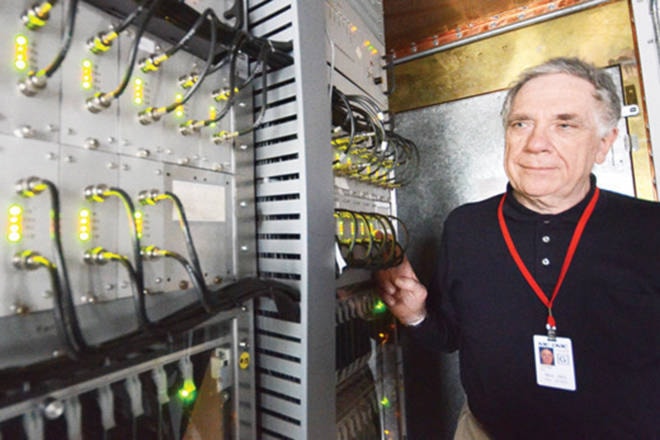In the 1960’s space was a dangerous and expensive place to visit.
We were still learning how to make reliable space vehicles, and the technologies involved were extremely expensive. Only government agencies in rich countries could participate. Since then we have learned a lot. Technologies have improved, launch vehicles are far more reliable and costs have come down a lot. Now there are private companies around the world making successful space vehicles.
Space is becoming not only a place of exploration and possible settlement; it is also a tourist destination. Some hyper-rich individuals have visited the International Space Station. Soon the deep-pocketed will be able to take a quick ballistic ride into space, like the trip by Mercury Astronaut Alan Shepard in 1961. The deeper-pocketed will be able to take a trip around the Moon, repeating the one made by the Apollo 8 astronauts Frank Borman, Jim Lovell and William Anders in 1968, a year before Neil Armstrong and Buzz Aldrin set foot on the lunar surface — the first Small Step.
The multiple manned trips to the surface of the Moon and long missions to orbiting space stations prove we can live and work in space. However, for astronauts in orbit, home is just an hour or two away. For a Moon mission home is a few days away. It is inevitable that in coming years there will be manned missions going further out into space. As I write this, there is a discussion on the radio about long-term living on Mars, which will probably be our next destination beyond the Moon.
A major issue for manned trips to Mars and beyond is the matter of time. Current space technologies can get us to Mars in a few months. Then when the explorers arrive at Mars, there will be a long wait, months or more, before Mars and Earth are in the right positions for the trip back. Anything needed for the trip must be on-board the spacecraft, along with everything Mars cannot provide for the time spent on the planet’s surface and the return to Earth. It ís likely that multiple spacecraft will be needed to carry everything, to provide the astronauts with the space and privacy essential for a trip that could take years, and to provide a backup means for getting home.
The International Space Station operates well within the Earth’s magnetic field, which keeps away high-energy particles from the Sun and elsewhere. Passengers on their way to Mars will be outside that protection. Radiation from solar flares can be largely blocked by keeping as much spacecraft as possible between the astronauts and the Sun. The manned portion of the spacecraft can be radiation screened. Decades of operating communication and other satellites in Earth orbit, and spacecraft on years-long trips around the Solar System have taught us how to toughen up our spacecraft and the electronic systems in them.
From an astronomer’s point of view, one thing we would like is to put a radio telescope, preferably a big one, on the other side of the Moon. It would be permanently screened from the cacophony of our radio transmissions and interference, and we would get a better view of the cosmos than we could ever have from the surface of Earth. The big issue for this is not the radio telescope; it is cost-effective technology for getting there and having a manned base to operate it and the other instruments we would like to put there. Maybe a tourist resort for the extremely deep-pocketed would help fund the operation.
At 10:29 UT (05:29 EST/02:29 PST) on March 20 the Sun will cross the equator, heading north, marking the spring equinox. For the first time this year the Sun will be above the horizon for more than 12 hours each day. Venus is slipping down into the sunset glow. Mars lies low in the Southwest after sunset. Jupiter rises around 9pm and Saturn in the early hours. The Moon will reach Last Quarter on the 20th.
Ken Tapping is an astronomer with the NRC’s Dominion Radio Astrophysical Observatory, Penticton.



